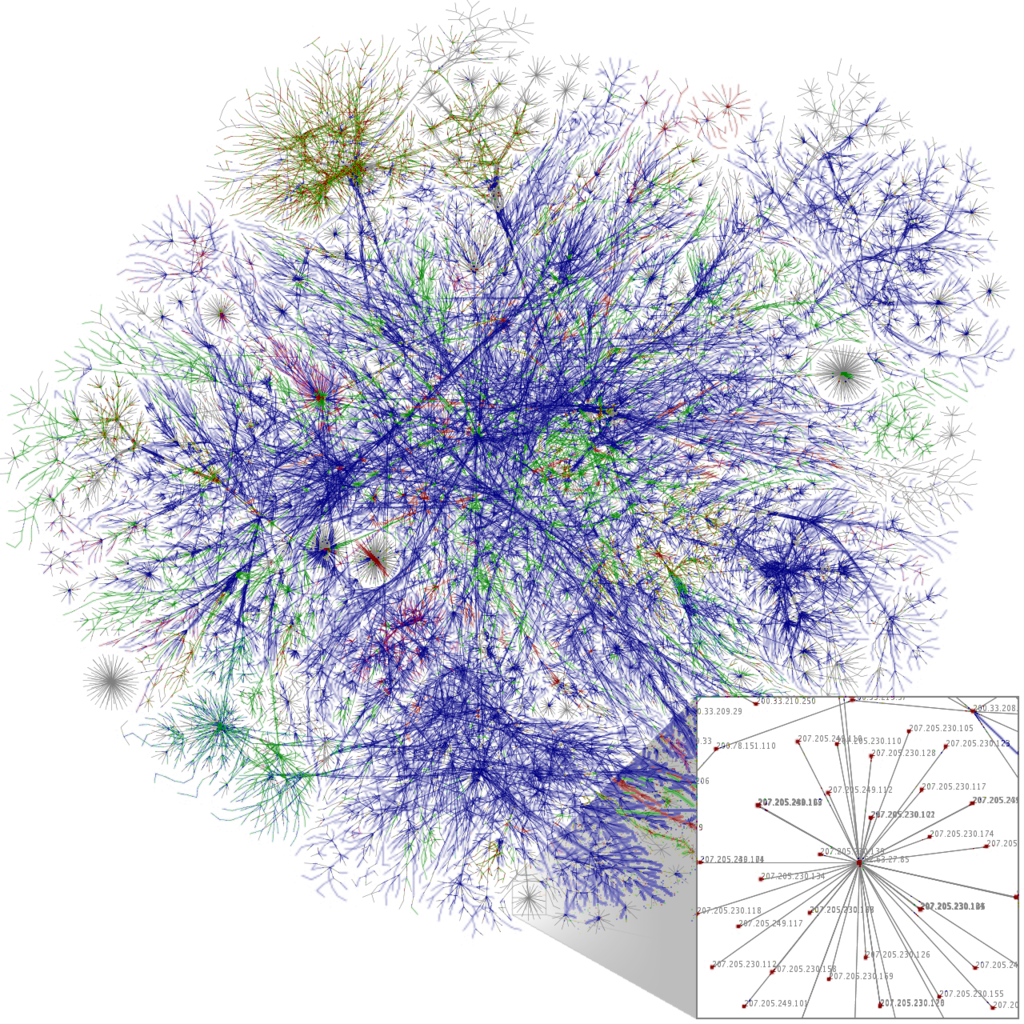VRM is for the individual human beings we call customers.
While human beings form collective groups — families, teams, parishes, parties — what makes each of us most human is our individuality — and our capacity to grow and change.
We are all different. Even identical twins, grown from the same split egg, can be as different as male and female.
Our species evolved faces so we could tell each other apart, express ourselves differently, and live separate and unique lives. No other species has the same degree of variation among faces and voices, or has the same ability to customize personal appearance, behavior and voice, through diet, exercise, piercings, markings (such as tatoos) and other choices.
And yet we also form organizations — tribes, churches, businesses, governments — that cannot scale to usefulness without treating people as populations, groups and templates. We need these organizations to operate civilization.
But we also need our individuality. This is why we bristle when asked in a survey to provide our age, ethnicity or income group. Both asking and answering those questions insults our dignity as separate and distinct individuals: ones with dominion over ourselves, born to possess full agency in the world, and irreducible to demographic characteristics.
Humanity by its nature is also distributed. Scattered. In the computing and networking worlds — which are now the same — distributed means comprised of individual points of autonomy and control. The same goes for links between those nodes.
Paul Baran described the different ways humanity and its networks can be organized, with this drawing here —
— in this essay for the Rand Corporation on the subject of distributed communications. It was radical when it was written, in 1962, because centralized networks were the only kind. But Baran was also writing at the height of the cold war, when the need to create the smallest possible “attack surface” was imperative. Hence the distributed design that later became the base-level nature of the Internet: as basic and elemental as chemical valency — the combining power of elements — and human nature.
This design is what David Isenberg calls “stupid” — because its purpose is to put all the intelligence at the network’s infinite number of ends (which are mostly human), rather than in the middle(s), where it is vulnerable.
Over the last decade, however, large businesses operating on the Internet, and provisioning access to it, have become increasingly centralized — or at best decentralized, but in very central ways. Visualizations of the Internet, such as this —

— and this —

— are of type B in Baran’s drawing above: decentralized, rather than distributed.
But the forces of decentralization and distribution are still with us, growing up from the Net’s own grass roots: individual geeks, working together on behalf of the Net itself, and its native nature.
Jon Udell wrote about them yesterday, pointing to this amazing list by @rossjones by way of @Jeremie Miller, father of XMPP, one of the most widespread protocols in the Internet suite. It’s far longer than our own here at Project VRM. But we will include it, because what they’re doing supports what we are doing, in the most fundamental way possible.
Lately I’ve been asked, along with many others, if there is still hope for a Net free from control by giant Net-based corporations, governments, phone and cable companies, the entertainment industry, and combinations of all those forces. On the surface it looks like the answer is no.
But looking down in the grass roots, growing upward out of the Net’s deepest and most permanent layer — also the most human one — gives me faith.


Nice!
Note: Jeremie pointed me to the list but the maintainer is @rossjones.
Thanks, Jon. Good catch. Just fixed the text.